MusicRadar Verdict
A terrifying price but a sound and feature list which will tug on your heart-strings. Truly sumptuous.
Pros
- +
A Minimoog, a Voyager and more besides! The Patch Panel takes sound design possibilities to whole new level. As with all Moogs - the sound.
Cons
- -
Only the fact that we can't afford to buy one!
MusicRadar's got your back
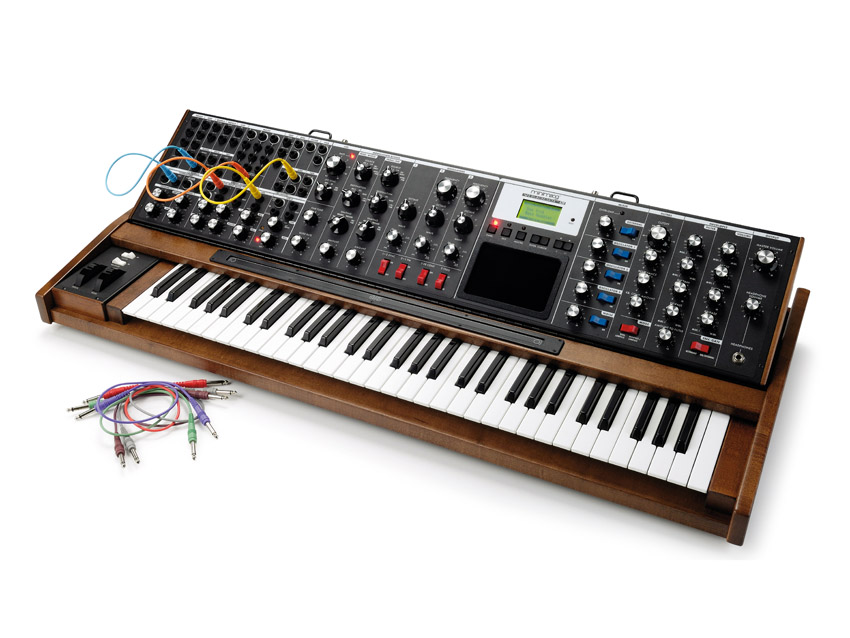
Minimoog Voyager XL
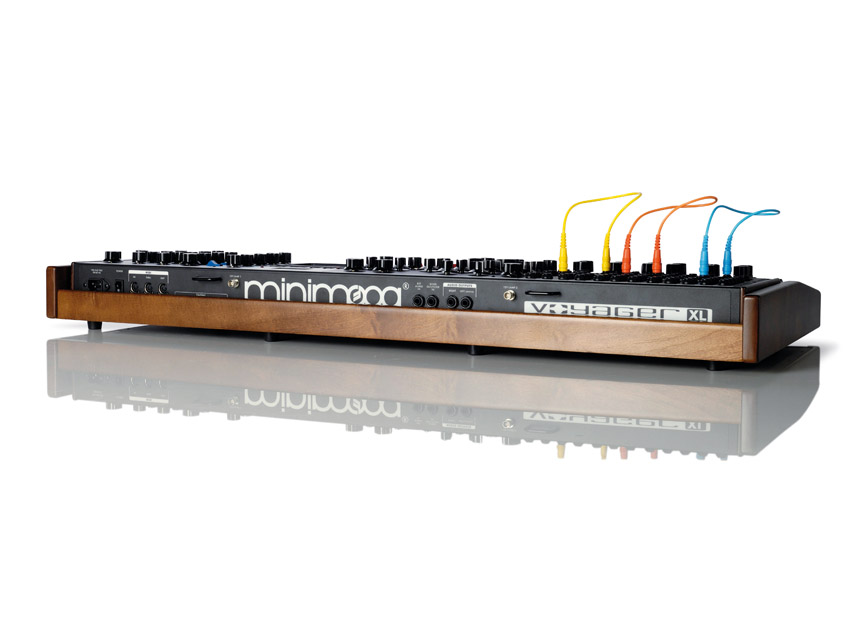
Minimoog Voyager XL
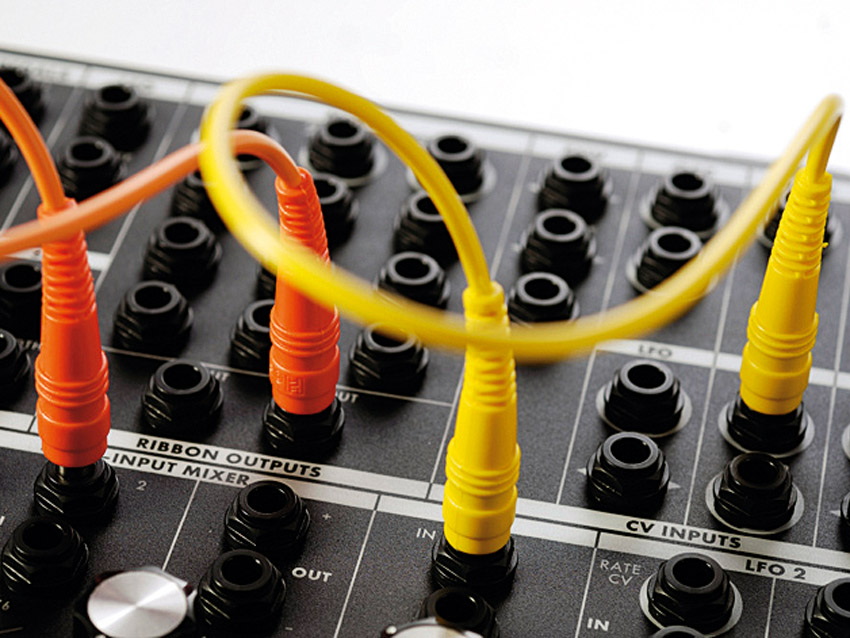
Minimoog Voyager XL
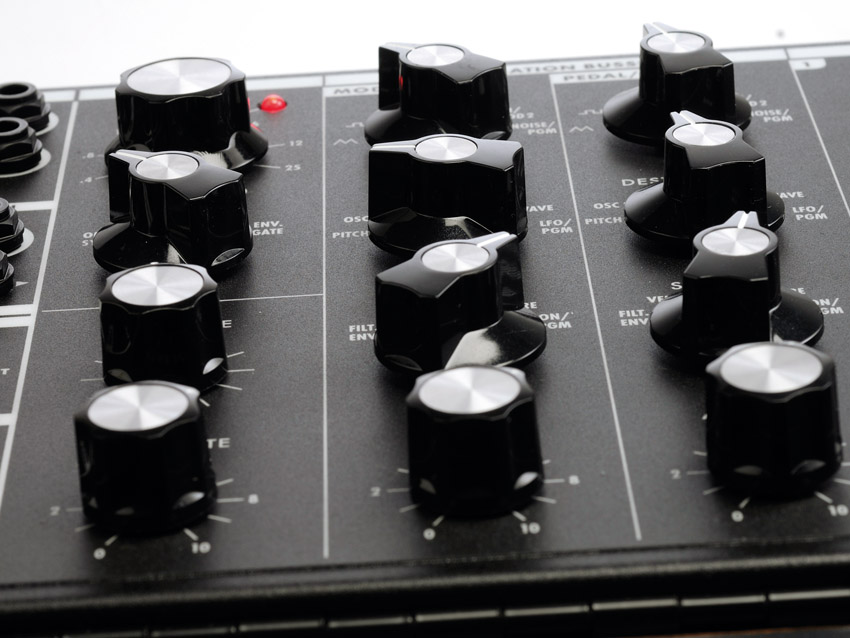
Minimoog Voyager XL
Here's a playground moment we remember from childhood - see if this rings a bell with you too.
There are three kids, and one of them says 'I'm Spiderman and I can shoot webs, so I'm the coolest'. The next one says 'yeah, but I'm Batman which means I'm super-strong and every bad guy on earth is terrified of me, so I'm the coolest'. At the end, a third kid says 'well I'm Superman so I can fly, fire lasers out of my eyes AND turn back time by making the earth spin backwards.'
"It looks like someone designed the XL in Photoshop under the title 'Fantasy Moog'."
There's a brief moment of silence and the first two shuffle off defeated. This is what sprung to mind when we first laid eyes on the XL.
There are now several 'modern' analogue synths you can buy to enhance your studio with a 21st Century take on the sound of yesteryear and you can imagine them all like kids in the playground, arguing over who's got the most power.
But the Moog Voyager XL kind of settles the debate once and for all. It's effortlessly the coolest synthesizer we've ever seen, had the honour of switching on and writing words about.
There are several reasons why it ticks so many boxes at once - the first is that this is a Minimoog to celebrate the 40th anniversary of the original, still-loved classic, borrowing the brains and heart of that synth yet dragging it into the here and now.
Secondly, it adds features from the current Moog Voyager series instruments, including digital control and sound storage, a large touch surface, plus additional performance and MIDI controls.
Want all the hottest music and gear news, reviews, deals, features and more, direct to your inbox? Sign up here.
The 'XL' bit, though, takes the biscuit, as this instrument also adds a full patch panel in the top-left-hand corner to take sound design to a new level, sticks an extended 61-note keyboard along the bottom and even adds an extra performance tool in the form of a long ribbon controller.
It's an instrument that simultaneously honours Bob Moog's legacy, offers a tool set relevant to modern studio techniques and provides a sound to die for. Oh and it costs a little over £4,000. Ahem, moving on…
Cast a greedy eye
The XL is a wonder to behold even before you've plugged it into your speakers. It looks like someone designed it in Photoshop under the title 'Fantasy Moog' as, once you've propped the control panel up to its famous 45-degree angle, you're greeted by an array of controls to make any synth lover salivate.
From left to right you'll firstly find the patchbay featuring no fewer than 65 ports to allow you to patch together the programs of your dreams, with rotary dials offering support where relevant.
Then, to the right, comes a collection of dials known so well to Minimoog enthusiasts. These are organised on either side of the central LCD display with the classic Minimoog three-oscillator architecture with waveform and octave choices across all three and independent frequency tuning dials for oscillators 2 and 3.
Below that, red switches enable controls including oscillator 1-2 Sync, frequency modulation of oscillator 1 from oscillator 3 and, with oscillator 3's capacity to act as an auxiliary LFO in mind, a rocker to disconnect it from notes played on the keyboard and a switch to toggle it between a Lo(w) or Hi(gh) frequency setting.
On the other side of the screen you're greeted first by the Mixer with five toggle switches to enable operation of the three oscillators, the external audio input and the separate Noise generator, with rotary dials to enable level control for those modules you activate.
Next comes the legendary filter section which sounds as good today as ever it did with cutoff control, a Spacing dial to determine the difference between the two filters in both the dual low-pass and the high/band-pass modes, a resonance control and a Keyboard Control Amount dial which opens the filter as you play higher notes. A Mode button at the bottom toggles between low-pass and high/band-pass options.
Pushing the envelope
Twin envelopes follow, one each for the filter and amplifier sections, with the former adorned with an additional dial to select the amount the envelope will affect the filter and the latter enhanced by an Envelope Gate toggle which can shift between Keyboard and On/External modes which determines whether the envelope is gated via notes played on the keyboard or from an external source.
A master output dial takes pride of place in the top right-hand corner, while a separate, smaller dial feeds level to the headphone port directly below.
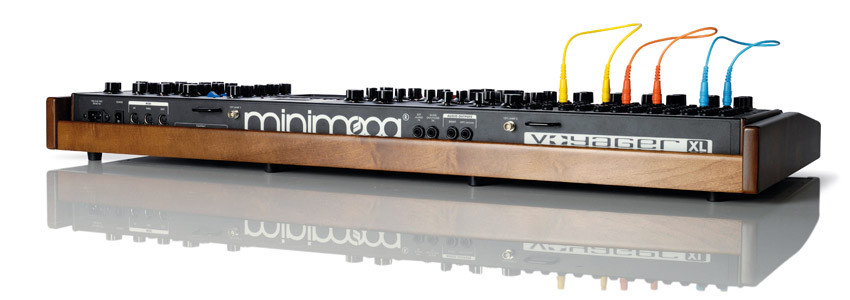
Back panel ports are modest, with stereo audio outputs, a single audio input and a hybrid Mixer Out/Filter In port which lets you interrupt the Voyager XL's internal signal path by inserting an external source between the synth's Mixer and the filter stage.
Without this interruption, the Mixer receives input from the oscillators, the noise generator and/or any external audio input sources and passes this directly to the filter for tone control but the ability to output the signal before the filter, process it and then return it to the Voyager is very flexible and will appeal to those with MoogerFooger pedals, among others.
Elsewhere on the back panel you'll find the regular trio of MIDI ports, the power supply inlet and a toggle on/off switch as well as two ports where 12V lamps can be connected to complete the Moog look (disappointingly, these aren't supplied as standard).
The striking omission here, compared with Moog synths much further down the product line is the lack of direct USB connectivity - this reviewer is a Little Phatty owner and benefits daily from the instant integration its USB port provides and we were a little surprised to find one missing here.
Patch Me Good
There may be a digital brain at the centre of the Voyager XL, keeping oscillators in tune, allowing you to save patches and carrying out other essential tasks but be in no doubt that this is an analogue synth through and through.
One of the huge advantages of having true voltage control coursing through a system like this is that those voltages can be used to control all kinds of things and the addition of the XL's patchbay brings all of those possibilities to life.
The panel is split in two, with the upper section providing specific CV in and outputs, while the lower panel provides more general controls. In the upper section, there is a total of 20 CV and gate outputs, followed by a Mult(iple) section which provides three four-way powered multiples, with direct connectivity and sonic expansion via pedals, as an example.
The Ribbon control CV and Gate Outputs lie beneath the Mult panel, while there are 14 CV and gate inputs to the right. The bottom section provides two channels of Attenuation with Amount and Offset dials, a four-input mixer with both powered and unpowered CV inputs.
There's then a Lag processor with Rise and Fall dials to allow you to slow down the behaviour of quickly-changing waveforms, while LFO2's controls complete the line-up.
Touch The Surface
The Voyager XL's touch surface is such a powerful weapon in this synth's armoury that it's worthy of a few additional words, despite having featured on Voyager models before.
This generously-proportioned panel allows for four completely independent channels of controller data to be streamed from it, so that as well as more predictable X and Y axis parameter control there is, additionally, an 'A(rea)' signal which routes a control signal simply from the amount of the surface covered by your finger.
Lastly, touching the surface generates a Gate trigger signal, which can also be routed to your destination of choice.
Control signals generated by using the Touch Surface can be routed within the XL's Edit mode, accessed via the screen, with 32 assignable destinations for X, Y and A axes and 14 for the Gate.
CV/Gate outputs for these components also reside on the far left of the Patch Panel, so you can also connect these at will.
Ribbons at the ready
Performance-wise, the Voyager XL offers a couple of major additions not found on Voyagers to date. The first is an extended, 61-key keyboard with velocity and aftertouch response.
Above the keyboard is a long ribbon controller, with a central position directly above middle C and an octave and a half of travel in either direction above and below this point.
Unlike the Touch Surface below the LCD display, the Ribbon Controller has to be assigned via the Modular Patch Panel. The CV Out jack for the Ribbon controller can therefore be connected to any control input you like, with output running from -5V to +5.
This output voltage 'remembers' your last finger position, so you can play the Ribbon controller in a variety of ways - sweeping from left to right or vice versa, tapping at random points to create 'leaps' between parameter settings or 'running effects' using multiple finger taps.
It's powerful and effective and what's doubly great is that finger pressure movements can also be detected and converted into control data via the Gate Out port.
The Ribbon's voltage is also the default output choice at the Attenuator Channel 2 module stage within the patch panel, so unless you need this port for alternative patching, you can use the Ribbon to control a second parameter.
Bear in mind too, a Frankenstein XL could be created using an original Voyager, a Moog VX-352 CV expander and a ribbon controller with CV capabilities such as the Doepfer R2M.
That's not to suggest every Voyager owner is crying out for a ribbon controller or patch panel, but if you already own one, it's a nice way to integrate the concepts of the XL for only a few hundred quid. And if you're buying from scratch, you'll save almost £1,000 doing it this way, but you'll lose out on some patching capabilities, the extra octave and the self-contained good looks of the Voyager XL.
This is the Aston Martin of Minimoogs and, as such, it's not easy to sum up this instrument without resorting to hyperbole.
It's a fantasy synth for almost everyone reading this (or writing it!) in that we doubt too many of us will be lucky enough to legitimately spare £4,000 on a mono synth. (Yes, all those keys and just one note at a time.) As such, this may have to be added to the luxury list of items which will always be beyond our means.
That doesn't mean we can't love it, yearn for it, whisper about it, giggle like school-children about it, lust after it at trade shows and envy anyone who owns one. And if you do have the means we can't think of a more enjoyable and magnificent way to empty your wallet.
The one thing you should take away from this review is that if you're sold enough on the magic of analogue synths then the Voyager XL is every bit as good as you could ever hope for.
It sounds better than superb, it's a wonder to play and it's just glorious to program and listen to. We're in the privileged position of having many a synth pass through our door for review purposes but none have ever made us open-mouthed in appreciation of their sonic potential, build quality and sheer presence quite like this one.
The sound is simply so good it's almost beyond description and the new five-octave keyboard really lets you effortlessly explore the full range of the XL's capabilities.
It's also capable of producing cold sweats when you generate a rumbling bass sound and you realise you're playing C3. There's a dawning realisation that with two octaves further down to play, it might be time to protect your speakers.
If your mission is to track down the holy grail of analogue synths then it's time to board the good ship XL.
Now listen to our audio demos to hear some of the Voyager XL's sounds:
Bass Sweep
BiPolar
Filter Osc Percussion
FM Touch
Grinder Drone
Slow Attack Pitched Noise
Touch Surface Dubstep
Future Music is the number one magazine for today's producers. Packed with technique and technology we'll help you make great new music. All-access artist interviews, in-depth gear reviews, essential production tutorials and much more. Every marvellous monthly edition features reliable reviews of the latest and greatest hardware and software technology and techniques, unparalleled advice, in-depth interviews, sensational free samples and so much more to improve the experience and outcome of your music-making.
